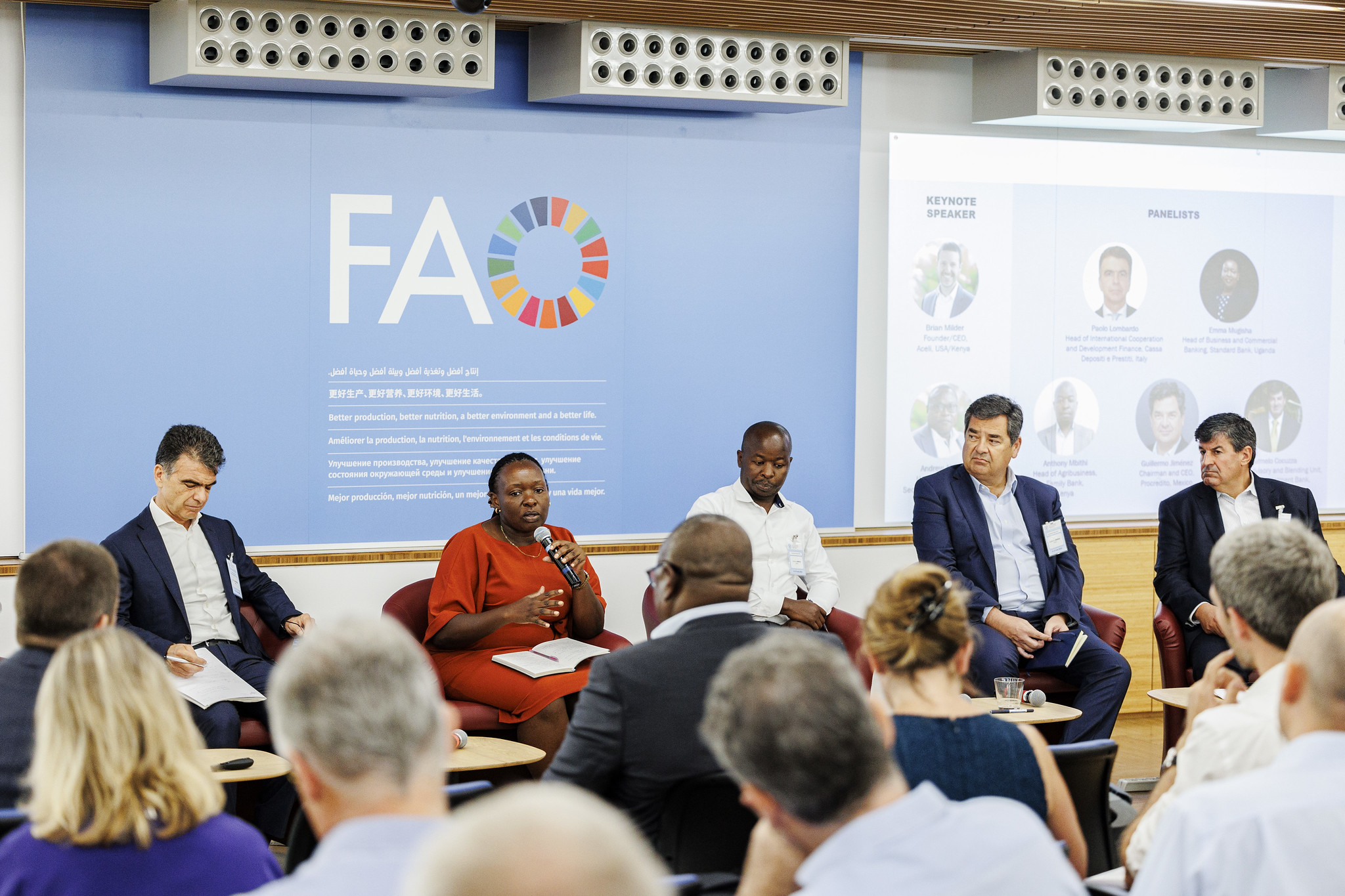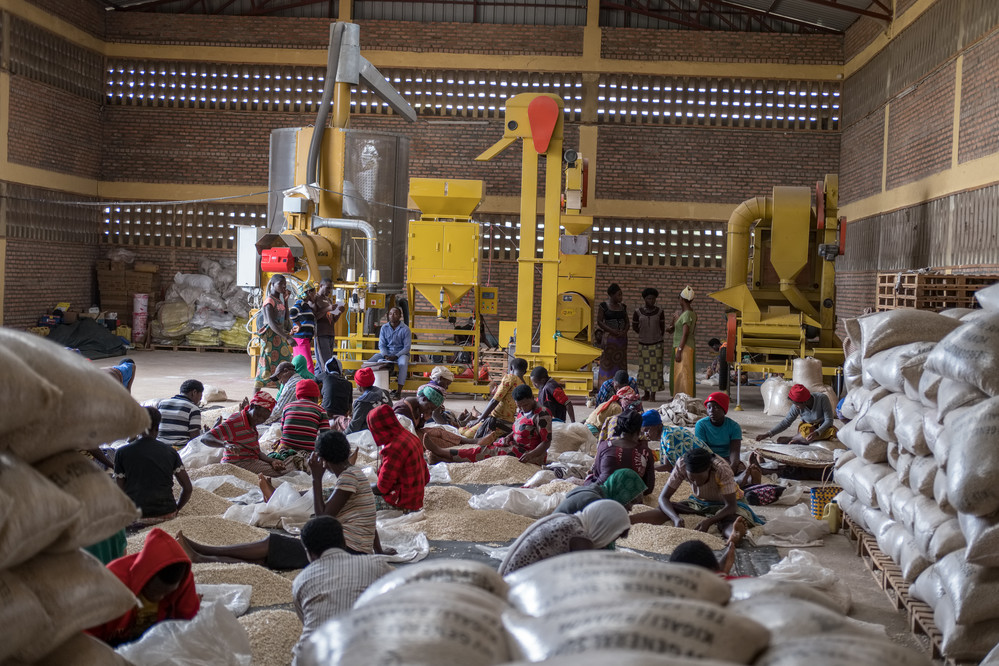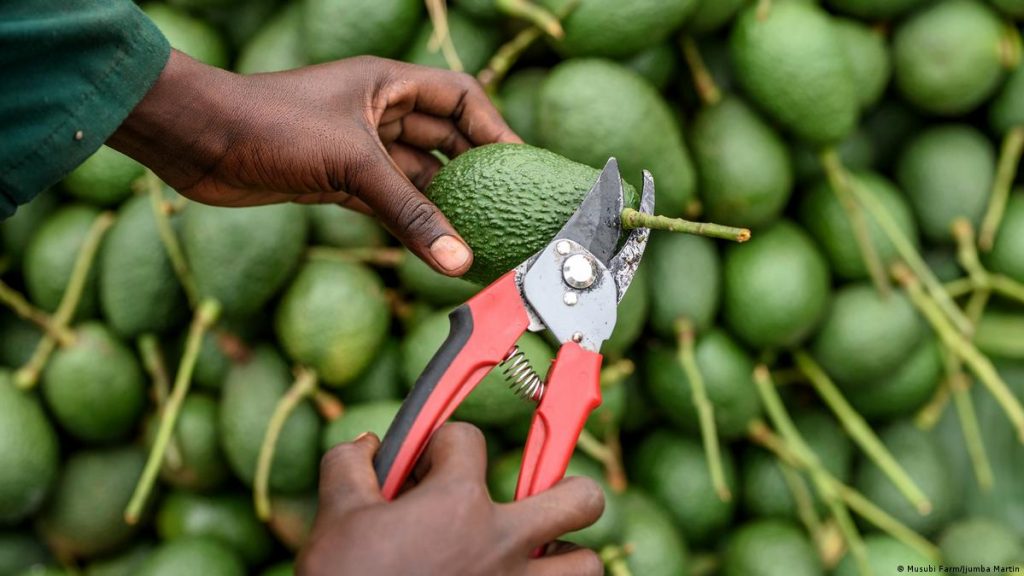
Small and medium firms, or SMEs, have the potential to drive agricultural growth, enhance market access to healthy, nutritious food, create decent paying jobs and support better environmental practices.
Yet many SMEs struggle to access financing, due, in part, to the sector’s perceived high risks and low returns.
What needs to happen to change this perception?
“We need to diversify the financial solutions available to countries and work closely with national and regional financing institutions like commercial and public development banks, microfinance institutions, fintechs and impact investors to do more and better in the agrifood sector,” said Nuno Santos, the FAO Investment Centre’s Deputy Director for Business Development.
“We need to innovate, de-risk and find new ways to really reach those underserved farmers, agricultural cooperatives and agri-SMEs,” he added.
At the Centre’s annual Investment Days, representatives from various local financial institutions, donors and development finance institutions spoke about how they are trying to do just that.
Adding impact to the equation
Aceli Africa, for example, is working to rebalance the economics of agri-SME lending in African countries.
It is an incentive facility that is data-driven, working across a marketplace of lenders and tries to cater to the most impactful segments of the market.
It provides financial incentives on risk and return – with impact bonuses related to gender inclusion, youth, food security and nutrition and climate and the environment. It also offers technical assistance to SMEs and lenders as well as data on the economics of agri-SME lending.
Brian Milder, Founder and CEO of Aceli Africa, explained how they decided to “add impact into the equation and find a way to reward lenders for taking on more risk and serving businesses that create a lot of benefit to society.”
Since launching three years ago, Aceli has helped mobilize USD 142 million in capital through 1,404 loans, 59 percent going to first-time borrowers, said the Aceli’s Head of Financial Sector Andrew Ahiaku.
“SMEs accessing Aceli-supported loans have grown their top line revenues at 31 percent,” he said.
Aceli is also trying to shift lender behavior. The Family Bank in Kenya, for example, has used Aceli’s incentives to diversify its lending portfolio, moving from 90 percent lending to the tea sector to now 60 percent to food crops.
Sharing risk and expanding outreach
Obstacles to agrifood lending include high transaction costs because of small ticket sizes and a lack of information on clients.
Emma Mugisha, Head of Business and Commercial Banking from Standard Bank in Uganda, explained how lending through savings and credit cooperative organizations, or SACCOs, can help bridge the financing gap.
“Traditionally we’ve lent to large aggregators, large commercial farmers, large agri-manufacturers, but we realized the real need is at production stage, so during COVID we set up a fund for SACCOs, which tend to reach farmers better than the banks do,” she said.
“For a bank, the risk is too high, so we partnered with a development organization as a way to increase our risk share and our reach to SACCOs,” she added.
A value chain approach to agricultural finance can also help reduce costs and lower risk.
Mugisha said the ideal solution would be to create one platform that brings producers, input dealers, buyers, suppliers and aggregators together to enable the Bank to work with fintechs to finance SACCOs or farmers directly.
Building technical capacities
Providing technical assistance and capacity development – to financial institutions as well as loan recipients – is key to de-risking. This is an area where the FAO Investment Centre can play an important role.
It includes everything from strengthening financial institutions’ ability to appraise and manage the risk of agricultural loan applications, including climate-related risks, to using digital technologies to improve services and outreach.
It also includes boosting the readiness of farmers and SMEs through training in areas like financial literacy, business planning, the adoption of advanced technologies and more efficient and sustainable practices along the supply chain.
The Centre is working along these lines with the European Investment Bank, for example, on a blended finance programme in Malawi to enhance agricultural lending and reach small-scale farmers with little or no previous access to financial products or services.
The Centre is also partnering with the Italian National Promotional Institution and Development Finance Institution Cassa Depositi e Prestiti (CDP) on a new project called TERRA – Transforming and Empowering Resilient and Responsible Agribusiness. The CDP provides credit lines and guarantees to selected financial institutions operating in developing countries, and FAO strengthens the capacity of the financial institutions and supported value chains.
As Paolo Lombardo, Director of International Development Cooperation at CDP said, “technical assistance is fundamental and punctual, both in relation to the individual operation but also across the sector.”
Atisha Kumar, FAO Economist and moderator, wrapped up the session by saying, “We know that local financial institutions are key to developing, financing and greening agrifood systems, so, it was very constructive to hear their solutions for narrowing the financing gap and also where we at FAO can help ease the barriers to agrifood lending.”
This article was originally published by: FAO

